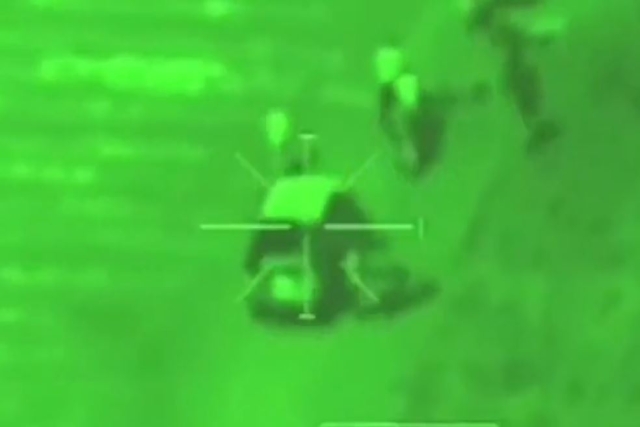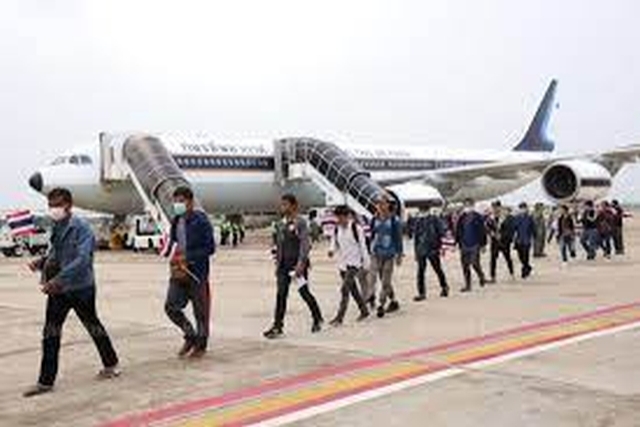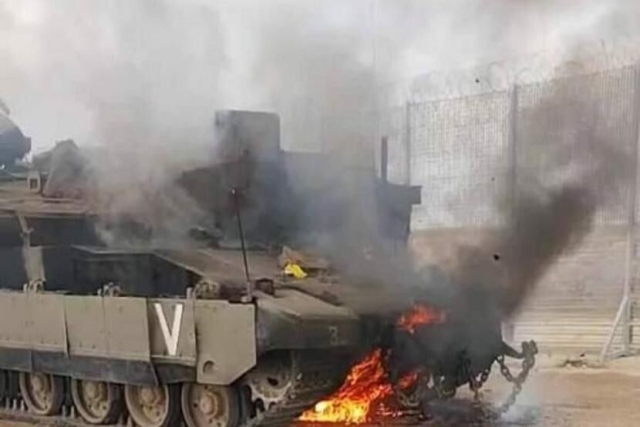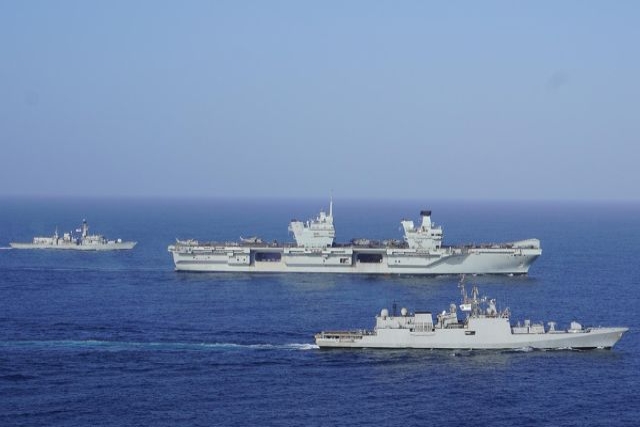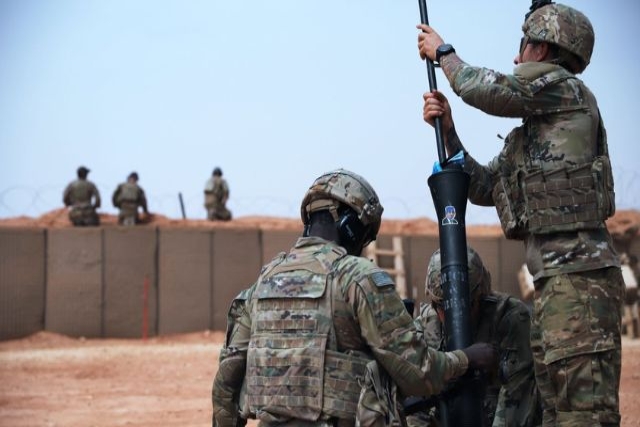IDF Practicing "Integrated Warfare" in Gaza to Keep Own Casualties Low
Israel faced difficulties in countering Hamas' asymmetric guerilla warfare tactics
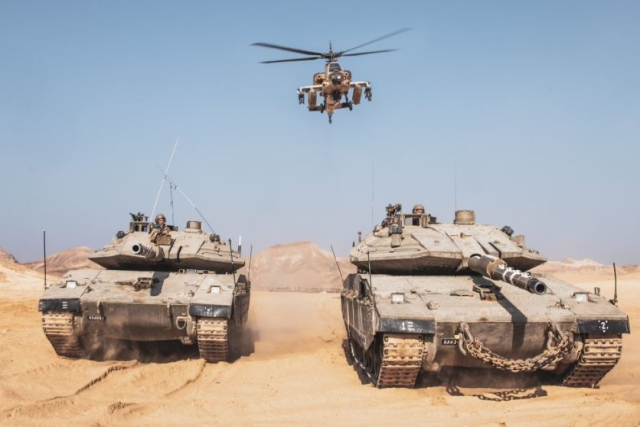
The Israel Defense Forces (IDF) are currently practicing a revolutionary and integrated approach to warfare, shedding light on both successes and challenges faced during the conflict with Hamas.
This was reported by The Jerusalem Post after its team visited various IDF locations on the southern front.
The IDF's transformation in tactics and coordination played a crucial role in changing the narrative of the war with Hamas, particularly in response to the events of October 7. Field command centers, equipped to handle real-time targeting decisions, collaborated with intelligence command centers providing a diverse array of information, including human spying, signals intelligence, satellite intelligence, and cyber intelligence.
During a visit to a targeting command center, the integration of new field intelligence in real-time led to the swift destruction of Hamas targets within minutes of their identification. Similarly, aboard a navy fast boat off the coast of Gaza, intelligence about an impending Hamas ambush on IDF Unit 401 was relayed through a complex chain—from an intelligence center to a targeting center and then to the navy, resulting in the successful thwarting of the ambush.
A senior air defense official highlighted the challenges posed by the unprecedented volume of rocket attacks on October 7, showcasing the automatic air defense system's ability to respond, albeit with some delay. The coordination between signals and cyber intelligence Unit 8200, air force surveillance Unit 9900, and human spying Unit 504 exemplified the IDF's commitment to intelligence-sharing for effective targeting and defense.
The report underscores the IDF's long-term efforts toward integration among different intelligence units and sea, air, and land forces. The post-2019 revolution in military capabilities, initially focused on the air force, has proven instrumental in enhancing the IDF's operational speed and effectiveness.
Hamas employs asymmetric guerrilla warfare tactics, which include operating from a network of underground tunnels and using civilian sites for military purposes. Despite technological advancements, the IDF faces difficulties countering such tactics.
IDF's casualty count remains relatively low, with under 50 soldiers killed in the invasion. This contrasts sharply with earlier projections that suggested losses could reach 500-1,000 soldiers in a deeper ground invasion. The IDF's success is attributed to a combination of new tactics, intelligence collection, and the rapid distribution of information, allowing various forces to eliminate a significant number of Hamas fighters without incurring casualties.
Although the IDF's awareness of a new form of integrated warfare has improved since the conflict broke out, it remains to be seen if it will be sufficient to deter other regional threats, such as Hezbollah, Iran, and other Shi'ite proxies, from crossing certain Israeli red lines.

